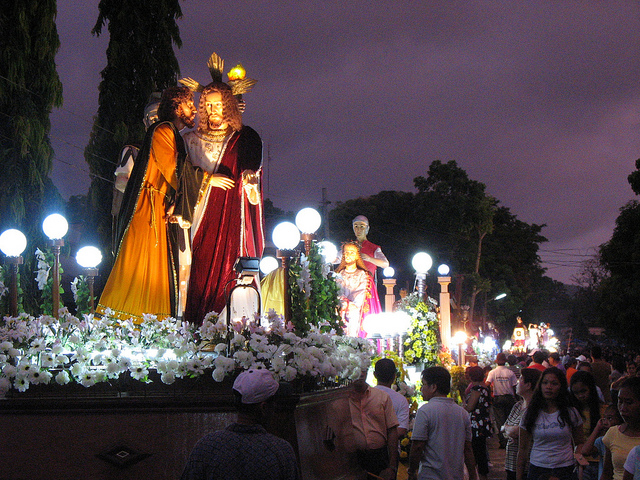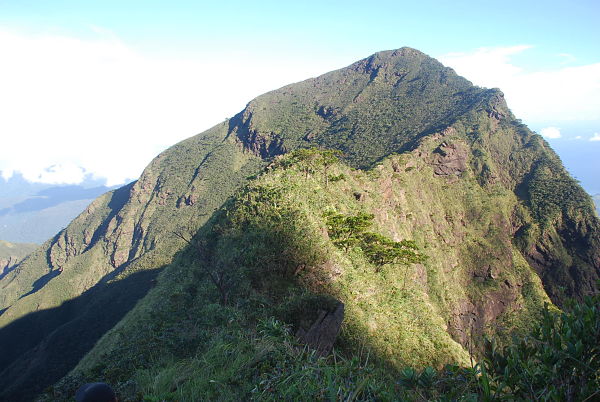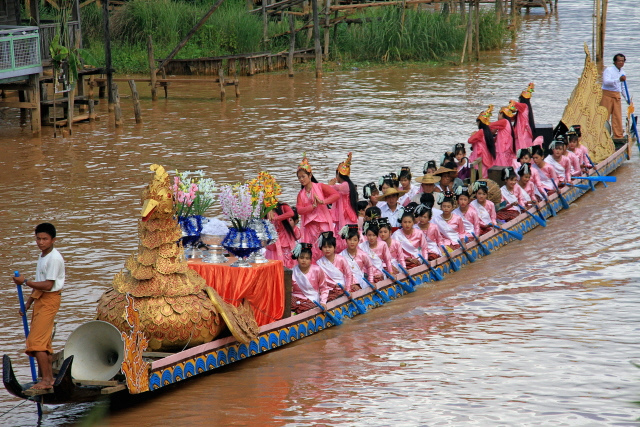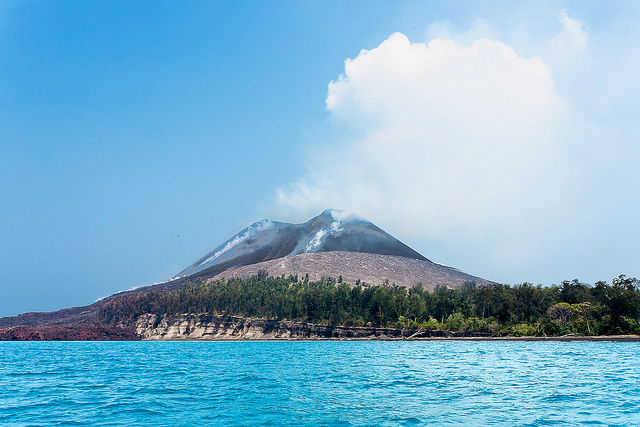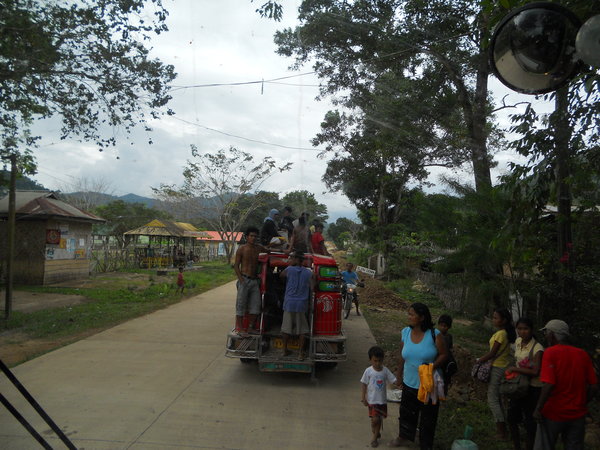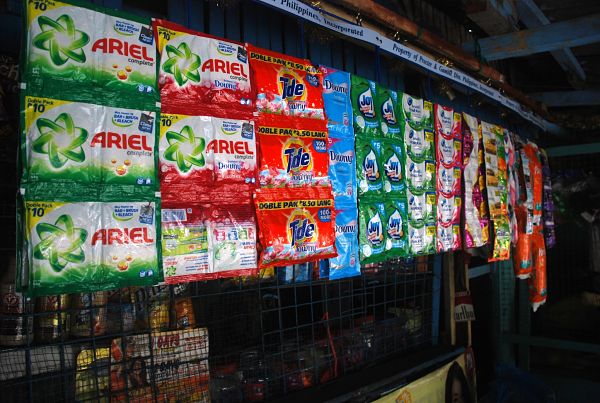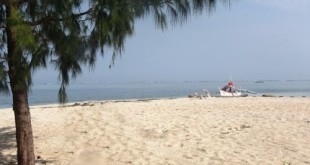For a predominantly Catholic country like the Philippines, important days of the Holy Week are national holidays. Maundy Thursday is the first of these Triduum (three days before Easter) holidays.
Maundy Thursday 2013 falls on March 28.
Community Preparations for Maundy Thursday
Households along the “Via Crucis” or the Way of the Cross collaborate to put up the 14 Stations of the Cross in time for Maundy Thursday processions. Preparations normally start a day before and are a great occasion for neighbors to socialize and reflect on the significance of Holy Week as a community.
The stations are chapel-like structures that bear the image of Jesus’ journey from the Garden of Gethsemane to His death and entombment. In rural communities, these chapels are improvised and bedecked with indigenous decorations.
Maundy Thursday Mass
This day is believed to be the day that Jesus Chris shared His last supper with His 12 disciples. Thus, the institution of the Eucharist is commemorated by the Catholic Church on this day. The welcoming of new adherents to the Catholic faith is also incorporated in the liturgy.
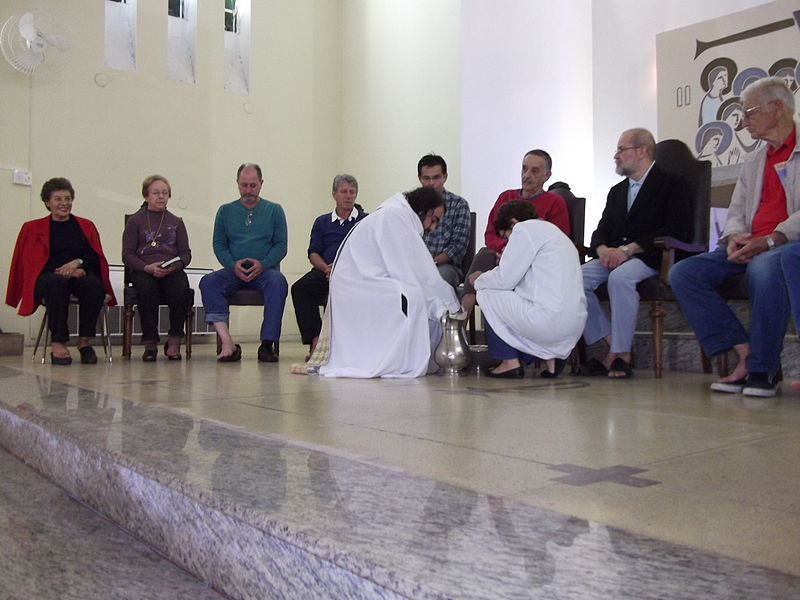
A noteworthy celebration during the mass is the reenactment of Jesus washing his disciples’ feet, a hospitality practice prevalent during the time of Christ. The priest, dramatizing the event as Jesus Christ, washes the feet of his disciples played by the lay members of the Church.
The Way of the Cross and Life-Sized Religious Icons
After the mass, the procession of statues along the Way of the Cross commences. These statues are lifelike renditions of characters and events of the 14 Stations of the Cross, intended to educate the faithful of what Jesus Christ went through to save them from their sins.
This procession is full of detail and color. The carriages are decorated with fresh flowers and brightly colored cloth, and the religious icons themselves are dressed in expensive garments. The statues are traditionally owned by the old rich families of the town, so some of the images are centuries-old and made of materials imported from Spain and Portugal.
The procession is joined by the faithful, often helping to pull and push the carriage when motorized conveyances are not available. At dusk, the statues arrive at church grounds in a candlelit procession.
Visita Iglesia: A Modern Version of Church-Hopping
In urban areas where churches are in close proximity, “visita Iglesia” (Church visit) is a thriving tradition. Able-bodied penitents would visit 7 churches and recite the Stations of the Cross as they move from one church to another. Others are more in keeping with the original tradition of visiting just one church and spending time before the Blessed Sacrament on the Altar of Repose in silence and reflection.
The deeply devout, on the other hand, display their faith by carrying a cross from church to church as they emulate Christ’s via Crucis.
Travel Tips on Maundy Thursday
Government offices and all, save commercial, institutions are closed for the Holy Week starting this day. Malls are open until regular hours so some last-minute shopping can still be done before they close on Good Friday and resume on Black Saturday.
Traffic is heavy on Maundy Thursday as city workers leave for their provinces for the long weekend ahead. Land and sea transportations can be overbooked weeks before the Lenten holidays, and overloading of these conveyances are still a reality. Hence it is important to avoid boarding vessels which are clearly beyond capacity.
Maundy Thursday coincides with peak summer season so accommodation in premiere tourist spots like Boracay and Palawan fills up months before the Holy Week. Rates are also generally higher than the regular season, so a weekend stay in these retreats can be more than backpacker friendly.
As a whole, Maundy Thursday is an apt introduction to more color and higher drama that is uniquely the Filipino’s way of celebrating Good Friday.
